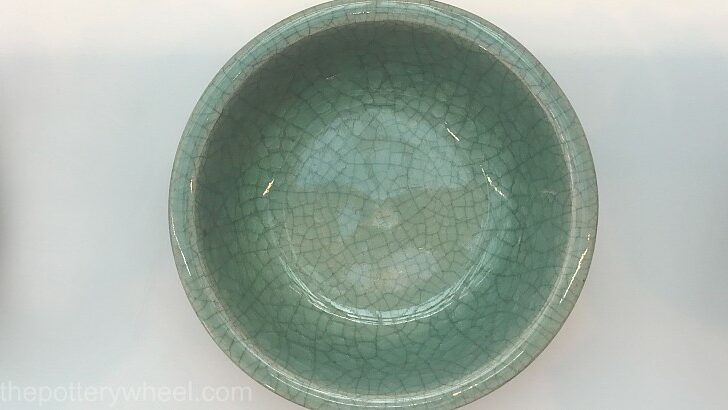Your cart is currently empty!
Lesley
-
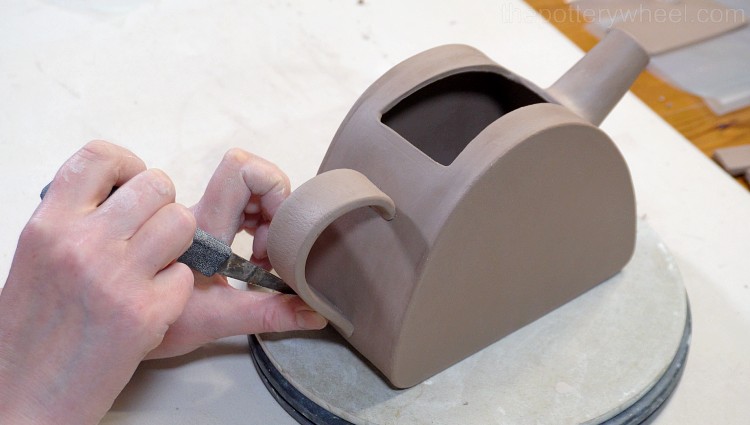
Making A Slab Pottery Teapot – A Step-By-Step Guide
I made this slab pottery teapot, using a template that I designed. If you’d like to follow along with the instructions, you can get a copy of the template at my Etsy store here. Alternatively, you can design your template and use this article’s slabbing techniques. There will be a section later about creating your…
-

11 Tips to Get Better At Throwing on The Wheel
When you are first learning how to throw on the potter’s wheel, it’s easy to get disheartened. It’s not easy in the beginning. Here are some top tips that I learned along the way that improved my wheel throwing skills… How to Get Better at Wheel Throwing Wheel throwing is a combination of fine motor…
-
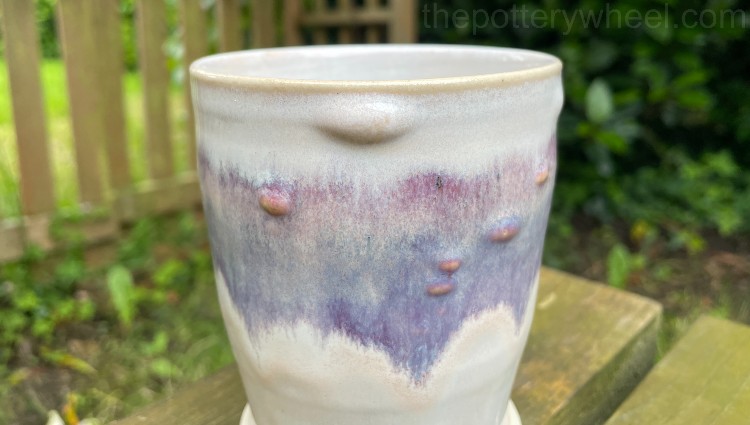
Bloating in Pottery Clay – 5 Reasons Clay Bloats
Recently I had some of my pottery come out of the glaze fire with bloating in the clay. So, I went on a fact-finding mission to identify the cause and find a solution to this defect. I’m happy to say I’ve managed to fix the problem and I wanted to share what I’d learned about…
-
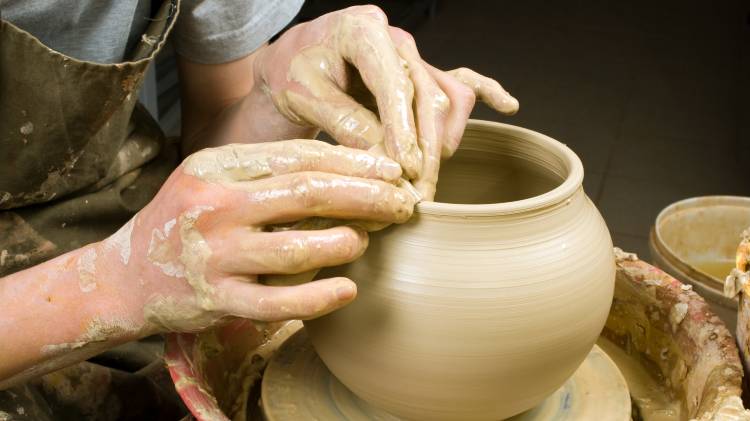
5 Ways to Protect Your Nails When Making Pottery
Making pottery can be tough on your hands and fingernails. Clay can dry out your skin and your nails. Also, clay is abrasive, which can make your nails thinner. So, how do you protect your nails when making pottery and ceramics? Fortunately, all is not lost. I’m someone with naturally thin nails. Even before I…
-

Making a Plaster Slab for Drying Clay – Step-by-Step
One way to recycle your clay is to spread the wet clay over an absorbent surface. I’ve found that the best surface for reclaiming clay is a plaster slab. Making a plaster slab for drying clay is very simple. This is the process that I use, step by step. How to Make a Plaster Slab…
-

How to Identify Majolica Pottery and Recognize Fakes
The term ‘majolica’ has been used to refer to two different kinds of pottery. One type is tin-glazed pottery and its production is said to date back to the 8th century. The other is colorful lead glaze pottery which emerged in Victorian England. In spite of this difference, there are ways to identify majolica…
-
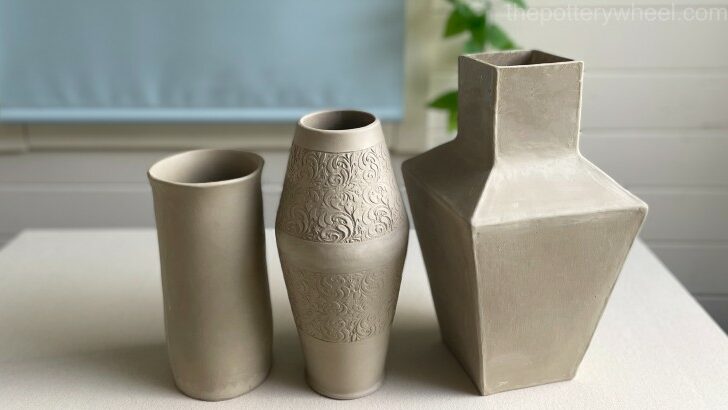
3 Clay Vase Ideas & Free Printable Slab Vase Templates
Making a clay vase is a fun project and they can become the centerpiece in a room. These three clay vase ideas are easy to make and can look lovely. Plus, they are made from printable slab templates which makes it easier to produce a well-proportioned piece. Clay Vase Ideas Using the Slab Technique Let’s…
-
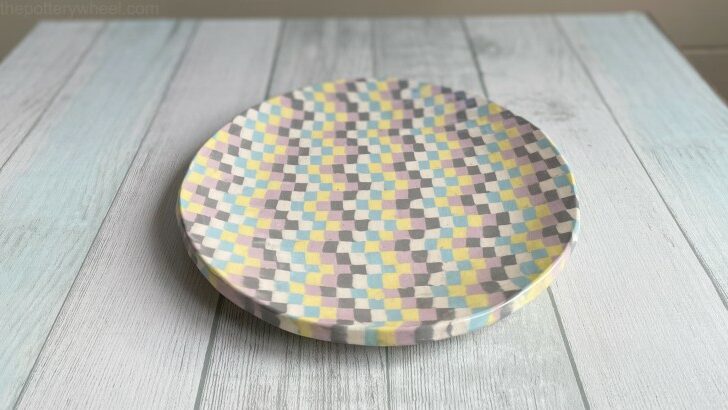
Nerikomi Pottery – 3 Easy Techniques With Pictures
Nerikomi pottery is a particular way of working with colored clay to create striking patterns. In this article, we will look at 3 simple ways to create beautiful Nerikomi patterns. One technique I will cover is how I make Nerikomi plates, which you can watch in my video here.. What is Nerikomi Pottery? Nerikomi pottery is…
-
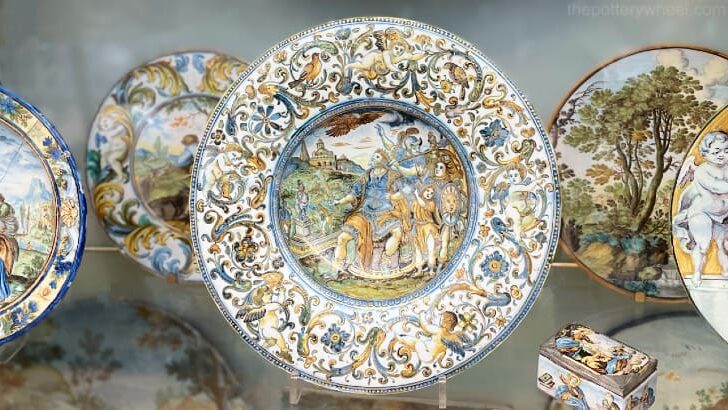
Maiolica, Majolica, and Faience – What’s the Difference?
The terms maiolica and majolica are often used to refer to the same thing. And the word faience is sometimes used as an umbrella term for majolica and maiolica! So, is there any difference between maiolica, majolica, and faience? Maiolica, majolica, and faience are all words that are used to refer to a broad category…
-
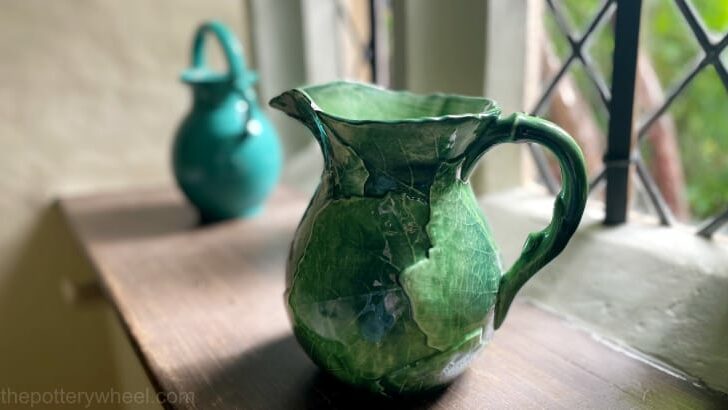
A Guide to Majolica Pottery – Past and Present
Majolica pottery means different things to different people. In this guide, we look at some of the different uses of the name Majolica, its history, who made it, and how it was made. What is Majolica Pottery? The name ‘majolica’ is used to refer to two different types of pottery that are made in different…
-
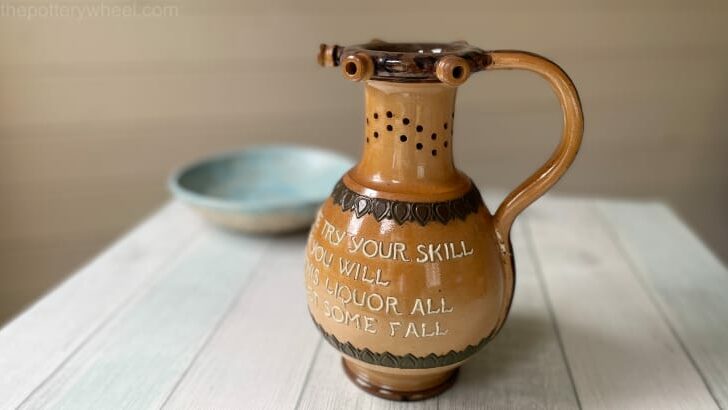
Puzzle Jugs – A Curious Ceramic Headscratcher
Puzzle jugs are clever drinking vessels that have been made to confuse and entertain drinkers and party guests for centuries. These charming curiosities have an interesting history and still hold a fascination today. In this article, we will look at the following: What are Puzzle Jugs? Puzzle jugs are specially designed vessels that were designed…

